Updated 1/12/23

Every May, the last Monday is set aside as a day of remembrance and appreciation for those Americans killed while serving in the armed forces. Created in 1868 in Decatur, Illinois, the holiday was originally intended to memorialize Union soldiers who made the ultimate sacrifice during the Civil War. It has since been expanded to include all wars, conflicts and battles fought by Americans.
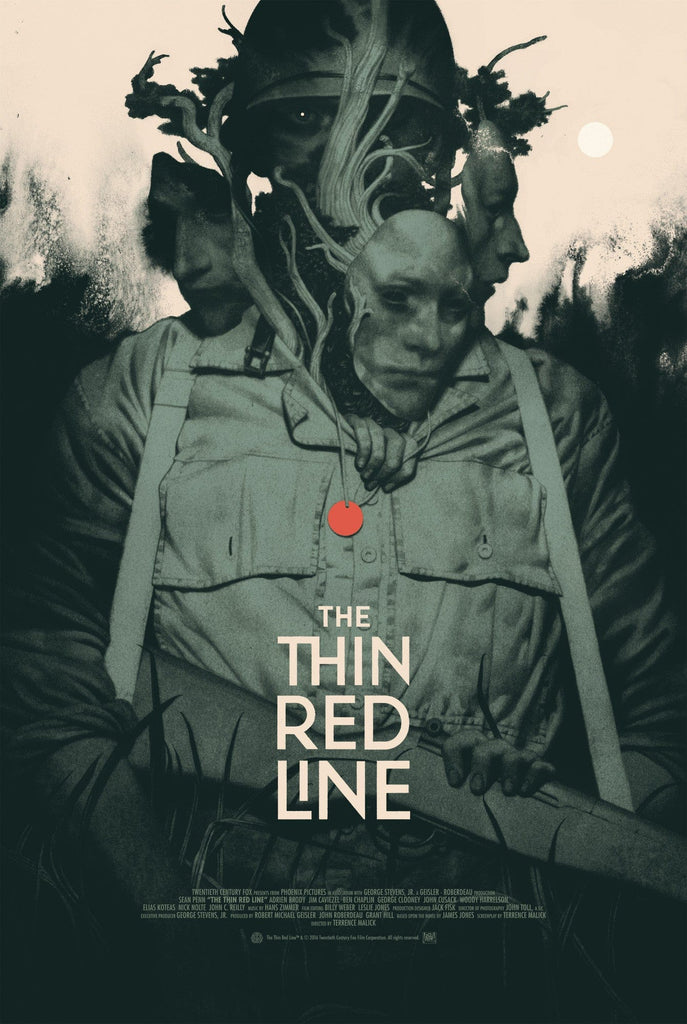
The Thin Red Line is the only movie by director Terence Malick that didn't feel like work. His films seem to be much more interested in atmosphere and inner thoughts than story and most of the time this results in something that would work a lot better as a book than a movie. But Red Line's depiction of WWII's Battle of Mount Austen has to be seen.
Both The Thin Red Line and Saving Private Ryan were released in 1998, but while Ryan is set in the European theater of WWII, Red Line takes place in the Pacific. The film is adapted from the 1962 semi-autobiographical novel by James Jones, who served in WWII as a member of the U.S. Army's 27th Infantry Regiment, 25th Infantry Division. Like the book, the movie explores the Battle of Mount Austen, which took place from December of 1942 throughout January of 1943 on the island of Guadalcanal. The battle cost the lives of over 115 U.S. troops.
11. Devotion
Set during the second Iraq War, Sand Castle is the only movie that focuses on that military campaign to make this list and is the best film to cover that conflict.
Memorial Day was established specifically for men like the fallen members of the Black regiment depicted in Emancipation, who died while serving their country. Originally known as Decoration Day, the holiday was created to honor the soldiers of the Union Army killed while fighting in the Civil War.
8. Pearl Harbor

While director Michael Bay is not known for injecting substance into his movies, his take on the morning attack of the US naval base at Pearl Harbor gives a visual glimpse of the tragedy that documentary footage and older films just don't provide.
The movie is an obvious attempt to follow the formula that achieved so much success for Titanic four years earlier. And while it failed to critical acclaim, billions of dollars in ticket sales and multiple Oscar awards, Pearl Harbor does manage to surpass the big boat movie in terms of sheer spectacle.
The air raid on Pearl Harbor has been depicted on film before but never as realistically -- which is ironic, because the movie's melodramatic love triangle involving a nurse and two Army Air Corps pilots doesn't come across as very realistic at all. But Pearl Harbor's tendency to put you right in the middle of the bombing and strafing runs forces a new appreciation for what the sailors stationed at the base on December 7 back in 1941 went through. The movie also features a lesser-known piece of history (though the details are somewhat inaccurate) -- the counterattack on Japan carried out by Lieutenant Colonel Jimmy Doolittle and his raiders.
Imperial Japan's surprise attack on the base on Hawaii's Oahu Island, which involved about 360 planes, resulted in the deaths of over 2,300 U.S. military personnel.
The majority of the movie's problems can be attributed to its contrived love-triangle story. Without it it's a pretty solid war movie.
7. The Great Raid


5. Hart's War
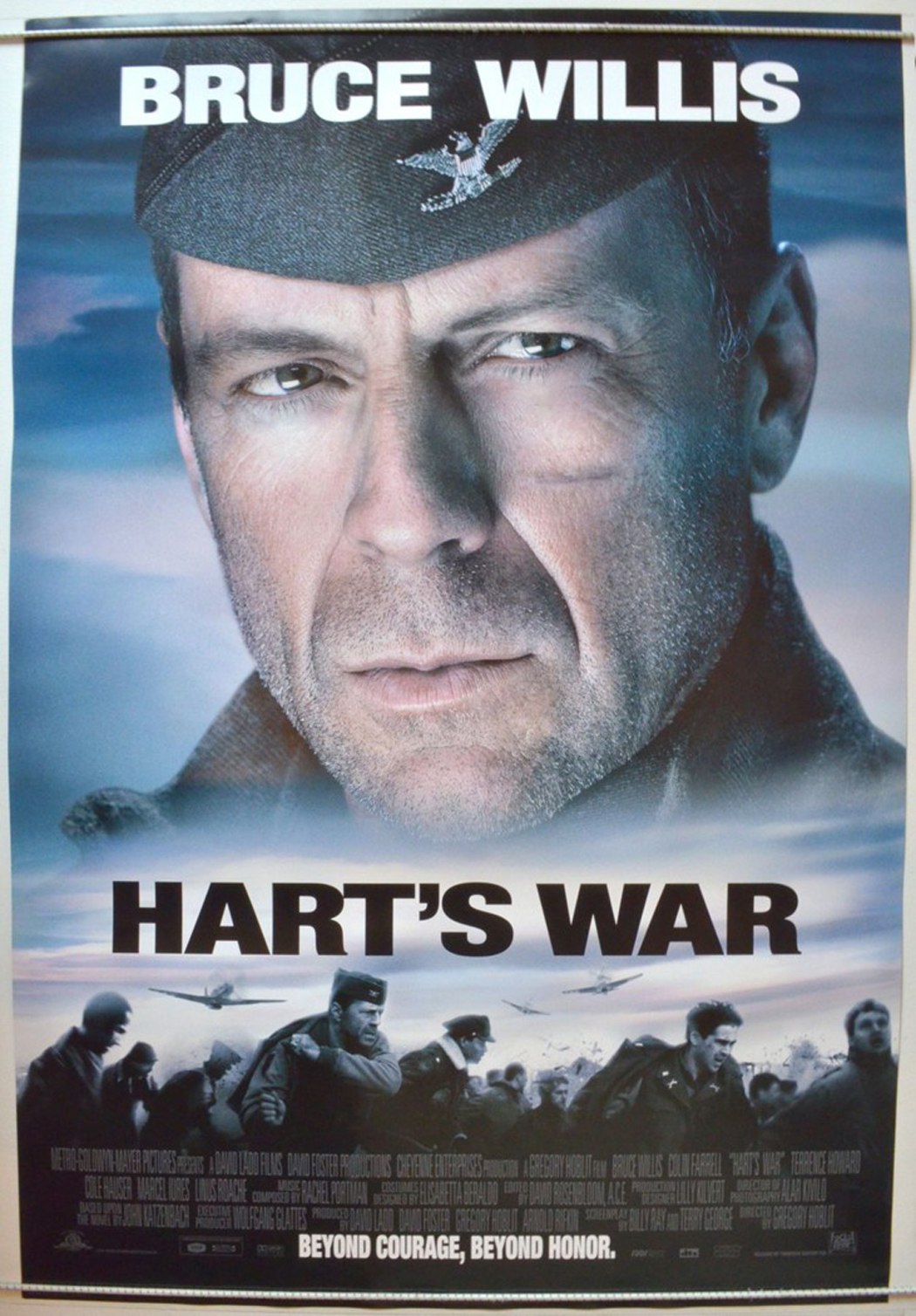
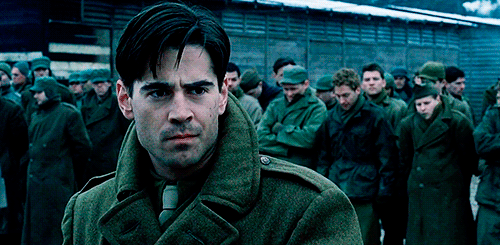
While Saving Private Ryan highlights (among other things) why WWII was so personal for Jewish soldiers, Hart's War explores the predicament in which African-American soldiers found themselves -- unwelcome by enemy combatants and American servicemen alike.
When two pilots and members of the famed Tuskegee Airmen are shot down near a Nazi prison camp -- Stalag 6A -- they are soon subjected to at least as much hostility and disrespect from the white American POWs as from their German captors. Denied the deference due to officers (both pilots are second lieutenants), one, Lamar T. Archer, is shot to death by the guards after being framed with a weapon. The other, Lieutenant Lincoln A. Scott, is accused of murdering a fellow-prisoner -- Staff Sergeant Vic Bedford (who framed Archer).
When the camp commandant, Colonel Oberst Werner Visser, agrees to allow the Americans to convene their own court-martial of Scott, Colonel William McNamara, the highest-ranking American prisoner, fully intends to do everything in his power to insure the trial lasts as long as possible and ends in a guilty verdict. Such a verdict would call for a sentence of death -- to be carried out by Visser's men. Under the colonel's direction, the Americans have been slowly and painstakingly tunneling out of the camp and the hope is that the legal proceedings will serve to distract the Germans.
All of the events are seen through the eyes of officer's aide, First Lieutenant Thomas Hart, who was captured driving a Jeep near the Battle of the Bulge -- the last major offensive by the Germans, during which at least 19,000 Americans were killed. Because Hart attended Yale law school for two years before joining the Army, he's drafted by McNamara to defend Scott. The idea is that the inexperienced Hart can't possibly win. Meanwhile, Visser supplies Hart with the U.S. Army manual on court-martials as a means to antagonize McNamara.
Hart's War is a mystery story as well as a war movie so I won't give away the ending for those who have yet to see it.
4. Legends of the Fall

Legends of the Fall is one of the few relatively recent movies that depicts American soldiers during the first World War, which claimed the lives of roughly 279 American servicemen per day.
Primarily known as a romance epic, Fall also features two brothers, Samuel and Tristan Ludlow. After learning that Samuel, the baby of the family, has plans to enlist in order to prove himself, Tristan joins as well -- but only to protect his brother.
After the two are sent to the front, Tristan leaves his assigned unit and makes his way to Samuel's trench in order to watch his back. During one of the few times when his big brother's not by his side, Samuel volunteers for a veritable suicide mission and is subjected to mustard gas, as many soldiers were during trench warfare.
3. Midway
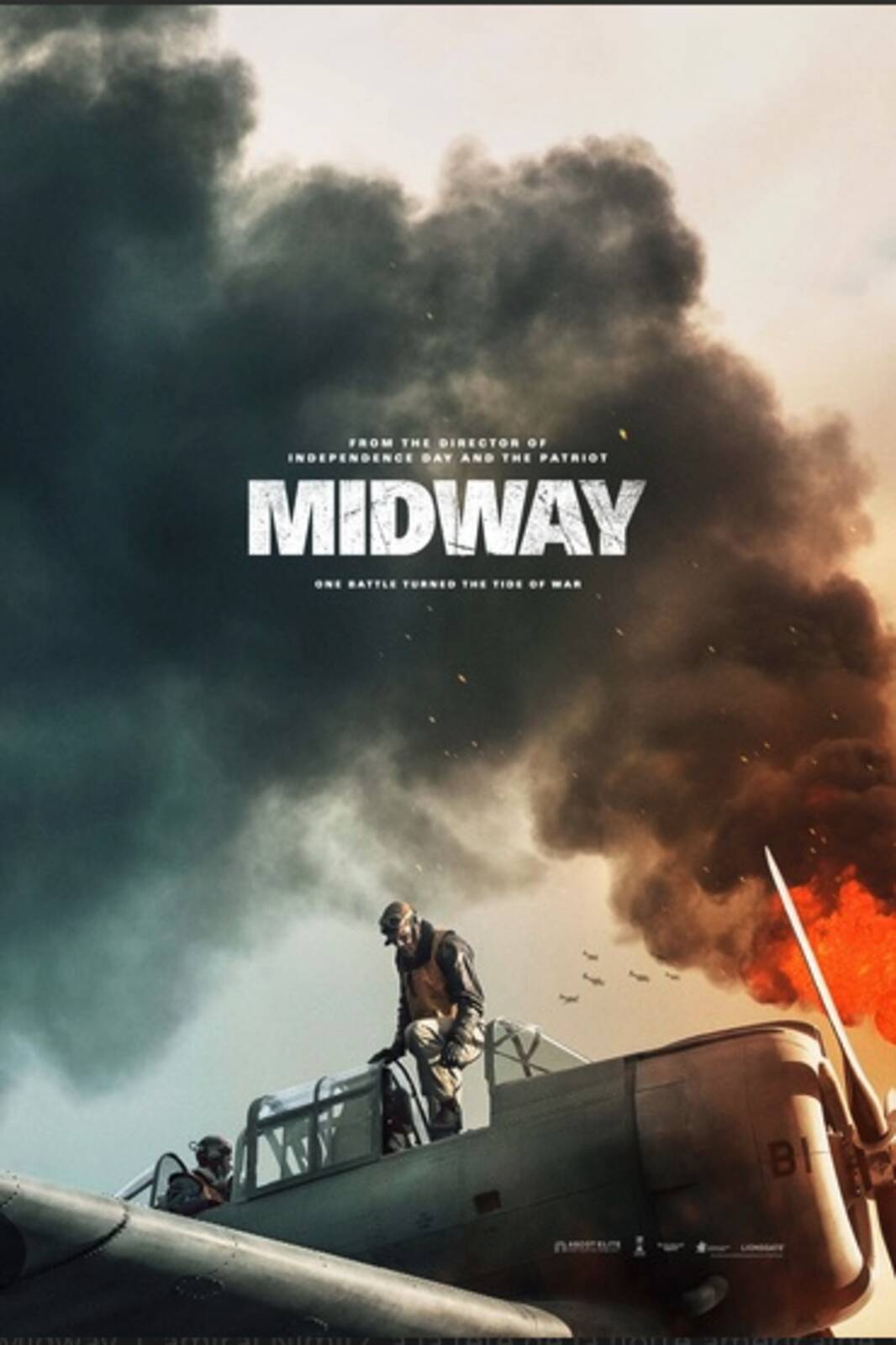

2. Fury
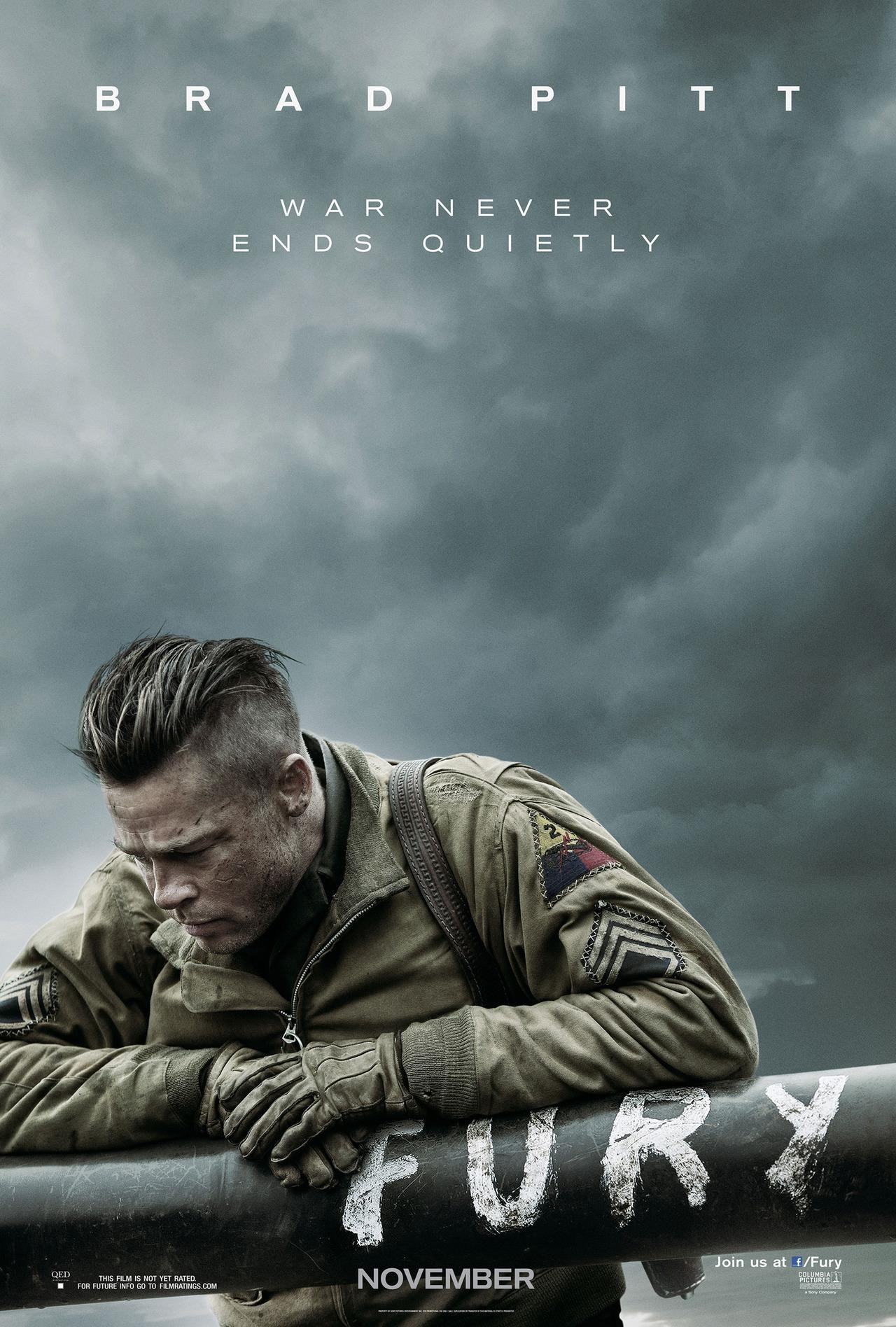

Fury is the best of only four tank films to be produced in the 21st century (if you don't count Fast & Furious 6). Like Saving Private Ryan, the HBO miniseries Band of Brothers and Enemy at the Gates, Fury perfectly captures the grittiness of the second world war. While it lacks the soul of Ryan and Brothers, fortunately it also lacks the contrived, love triangle melodrama of Enemy (the movie's love story appears nowhere in the non-fiction book on which the movie is based).
The film follows an American tank crew in 1945 Germany making it's way to Berlin during the last days of WWII. The title is derived from the nickname given to the tank (a M4A3E8 Sherman model) by the five men who have spent most of the war inside it. The crew belongs to "Hell on Wheels", the nickname given to the U.S. Army's 2nd Armored Division. Not surprisingly, the film picks up on the male bonding amongst the squad but without forcing it or becoming sugary. The main thing that doesn't quite ring true here (besides some highly unlikely battle outcomes given the weaponry involved) is some preachy and hokey dialogue spouted by Brad Pitt's Staff Seargeant Don "Wardaddy" Collier about the meaning and effects of war.
The 134-minute running time belies the film's limited scope, but the restrained reach is a valid choice as it matches the claustrophobic confines of the tank, which comprise much of the crew's world. Fury appropriately pulls no punches in it's representation of the violence and carnage wrought by the Nazis' ill-conceived attempt at world domination. There are also glimpses of Germans living with the reality of their homeland being invaded. Not every war film manages to convey the cliche', "war is hell", but writer/director David Ayer leaves no doubt - which is the very reason the speechifying should've been left out. The visuals and tone get the message across. Pitt, Jon Bernthal, Shia LaBeouf and Jason Isaacs bring to life various veteran soldiers assigned to the U.S. Army's 66th Armored Regiment and invest in them a refreshing credibility. The performances combined with the overall atmosphere and exacting detail to the uniforms, equipment, etc. create the awe-inspiring authenticity which is Fury's greatest strength.
1. Saving Private Ryan

Surprisingly inspired by true events, Saving Private Ryan is all about a mission to find the last surviving son of the Ryan family and send him home from the war alive and well. It is without a doubt the best military film of all time and legendary director Steven Spielberg's best work.
Over the protests of the surviving men under his command, Captain John H. Miller is tasked with the mission to rescue the last living Ryan brother (two of his brothers were KIA on the beach at Normandy and the third was killed by the Japanese in New Guinea) of an Iowa family from behind enemy lines before a German mortar round or bullet finds him first. Captain Miller receives the assignment after leading the remaining members of his squad from the 2nd Ranger Battalion of the 29th Infantry Division through the landing at Omaha Beach during the D-Day invasion, during which American casualties numbered over 2,000.
First, they must find Private James Francis Ryan, a paratrooper and member of the 101st Airborne Division, who may or may not still be alive and who could've landed almost anywhere in the French countryside.
Like I said, the movie is loosely based on a true story. During WWII, the Army sent Fritz Niland home early after his three brothers were reported KIA. Fortunately, reports of Fritz's brother Edward's death turned out to be unfounded. He made it back home to America as well after escaping a Japanese prison camp.
Recommended:


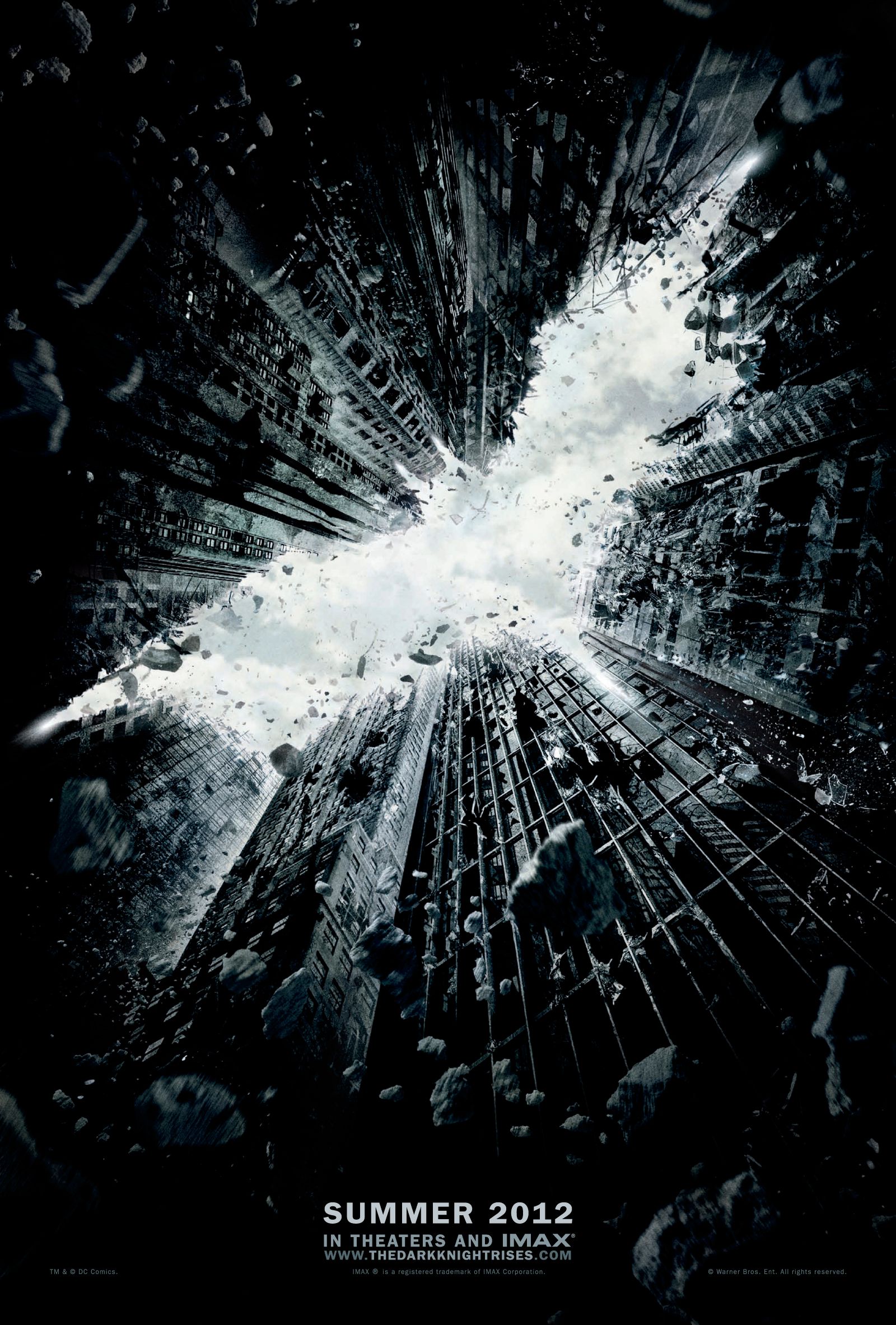
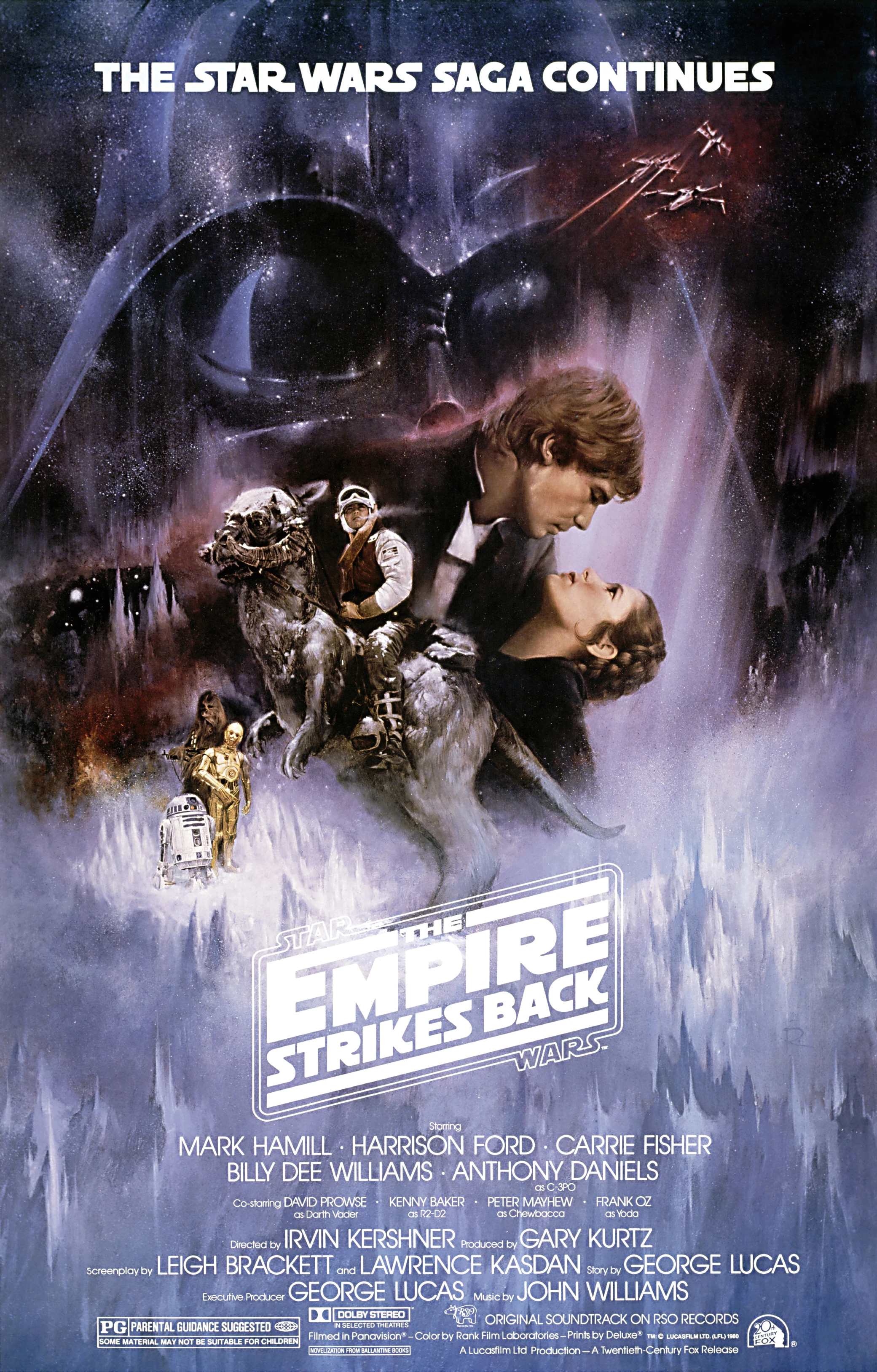



Man, I am with you on all of these except for The Thin Red Line (sorry, but Terrence Malick has got to be one of the most overrated directors EVER! I just don't get all the hoopla about him) and Hart's War. Saving Private Ryan is defy fav with Fury right behind it! Great films for sure!
ReplyDeleteYeah, most of Terrence Malick's movies are pretentious and boring but IMO "The Thin Red Line" is the one exception.
Delete